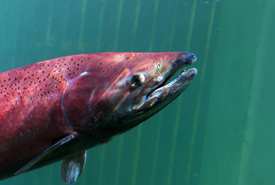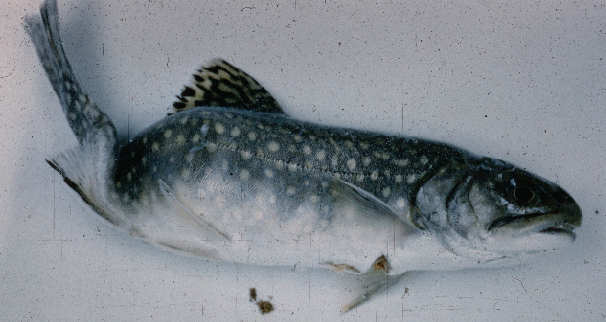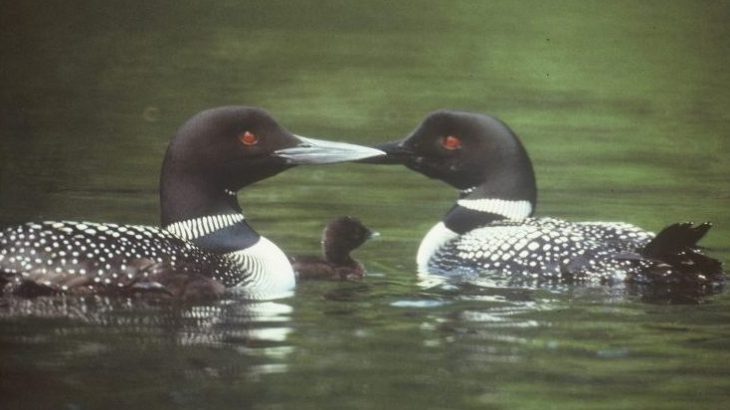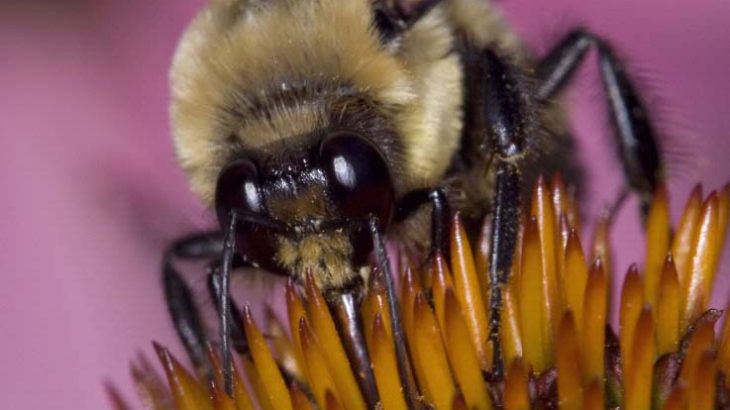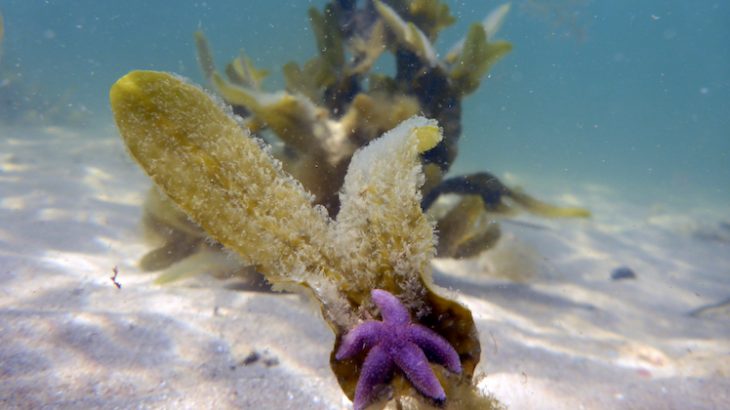
Samanta Hoffmann, Nature Conservancy of Canada Seaweeds, a type of macro-algae (a group that includes benthic [attached to the bottom] marine algae that are typically visible to the naked eye), provide hope for a more sustainable future, through healthier food, renewable energy and fewer plastics. Over the last few years, not only have scientists developed […]

